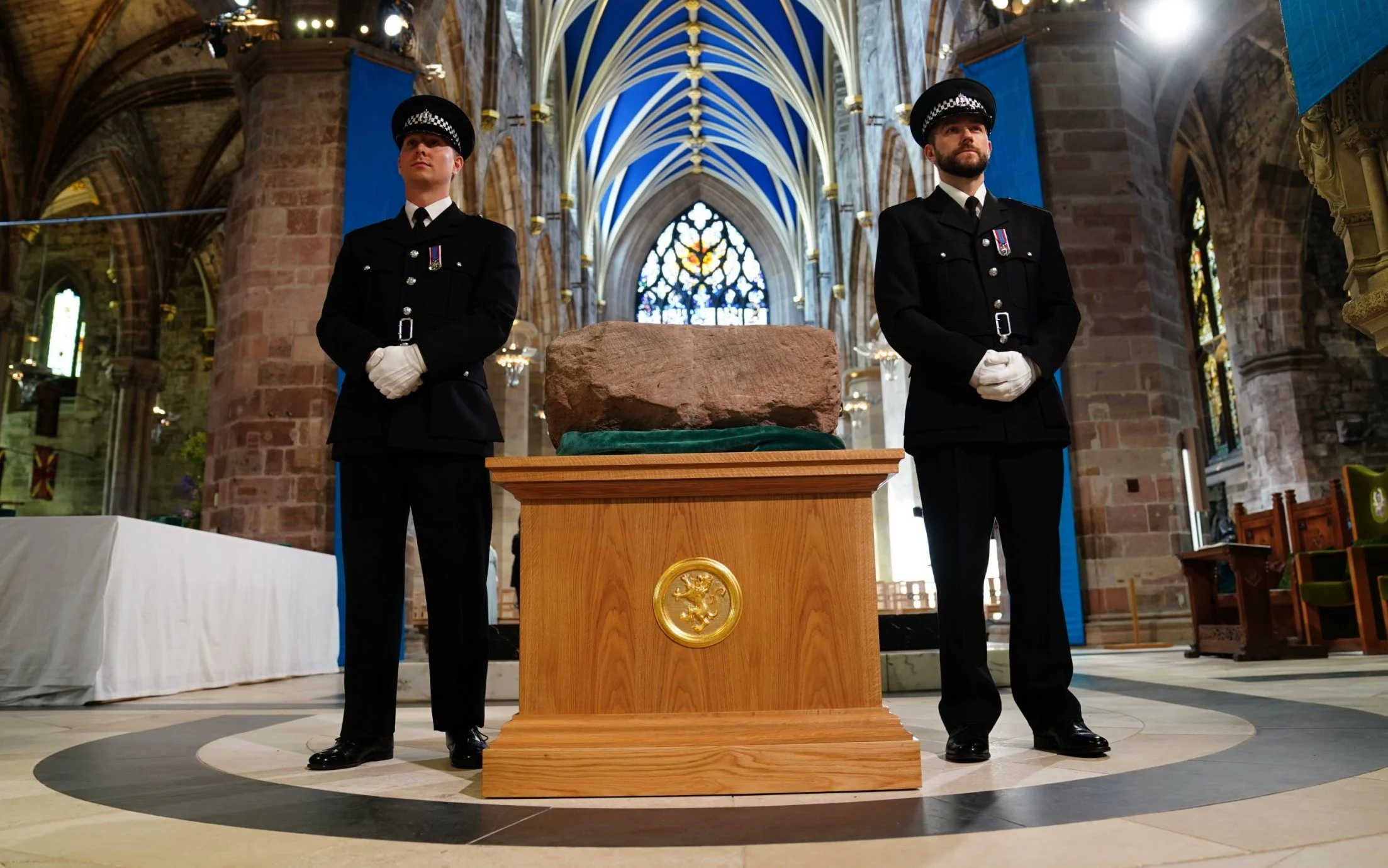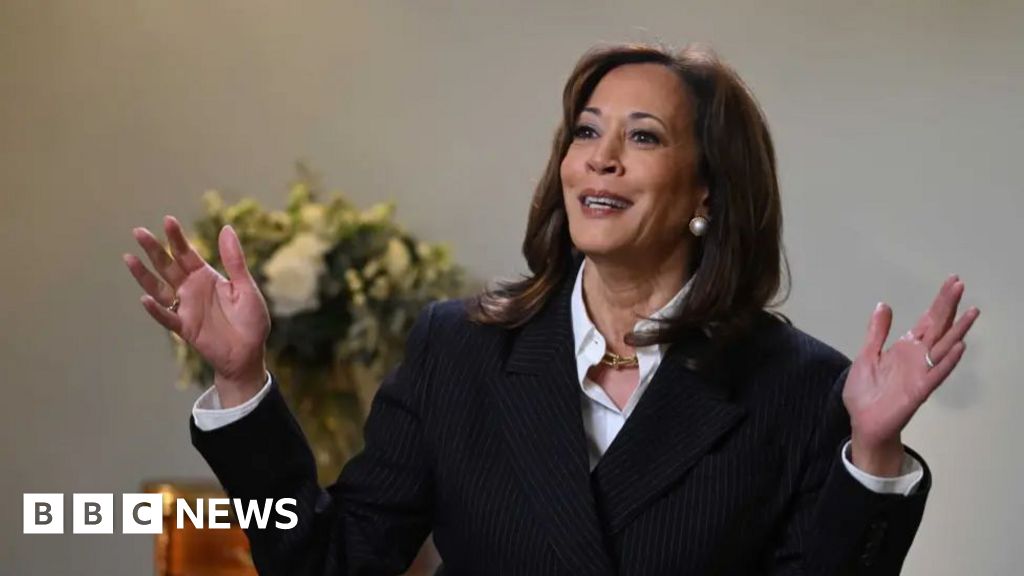Copyright yahoo

A researcher unravelling the mysteries of the Stone of Destiny has traced previously unknown fragments of the ancient artefact. Prof Sally Foster has discovered that small pieces of the sandstone block were handed out to senior Scottish nationalists after it was stolen from Westminster Abbey by students on Christmas morning, 1950. The 152kg (335lb) stone, also known as the Stone of Scone, was used for the coronations of Scottish rulers until the 13th century, when it was taken by Edward I and moved to England. It split in two when it was dropped during the theft in London in 1950. Bertie Gray, a stonemason and nationalist politician, repaired it before it was handed into the police in April 1951. Prof Foster’s research at Stirling University suggests Gray collected 34 fragments of the original stone during this secretive work. He is also believed to have inscribed 35 in Roman numerals on to the stone, representing the stone itself plus the pieces. It was known that fragments were given to Alex Salmond, the late former First Minister, and two former SNP MPs. One piece is in a museum in Australian while another is in Canada, having been presented to Dick Sanburn, then editor of the Calgary Herald. But now Prof Foster’s research has revealed there are dozens more Stone of Destiny fragments. She found that Gray, who co-founded the National Party of Scotland in 1928, handed pieces to family members, trusted political friends, nationalist politicians and journalists, usually with a letter confirming their authenticity. She said: “With the likely perception of the fragments as being stolen property, few people opted to brazenly flaunt and taunt with their possession, except for some politicians. Families cared for them, emotionally and physically, and we can also trace the progression of fragments to valued heirlooms.” The sandstone block is on display at Perth Museum having previously been kept at Edinburgh Castle. It was temporarily transported to London and mounted in the Coronation Chair when the King was crowned in May 2023. In her study, Prof Foster argued that the Roman numerals on the stone are a light-hearted reference to Gray’s role in the story. They were discovered during a 3D scan carried out as part of a “health check” before it was moved to London for the coronation. She said: “I believe Gray, having gathered the 34 fragments, applied the XXXV as part of his finishing touches to the Stone’s repair – the fragments plus the Stone equals 35. “He used Roman numerals because these are easier to scratch into stone and, as a mason, he would have been familiar with historic masons’ marks. He had the rare and almost unique opportunity to access the underside of the Stone, he had the means, he had the sense of humour, and the number 35 would only have been meaningful and significant to him.” Prof Foster said she was still keen to hear from people who know about other fragments. Her has been published as an academic paper in The Antiquaries Journal.



